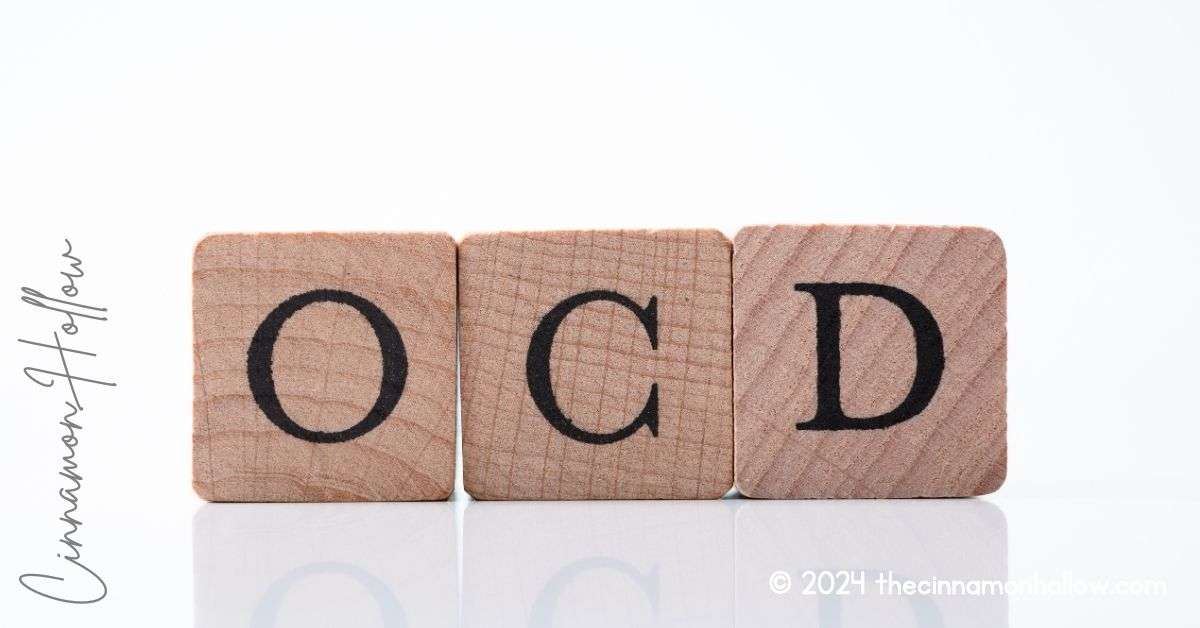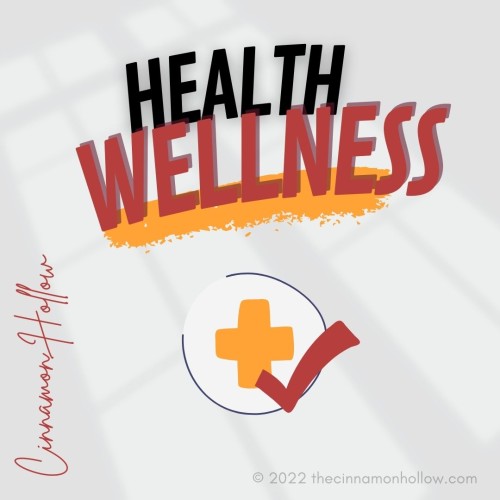Obsessive-Compulsive Disorder (OCD) is a condition that can affect anyone. It’s characterized by recurring, unwanted thoughts (obsessions) and repetitive behaviors (compulsions). These symptoms can significantly disrupt daily life, making early recognition and diagnosis crucial. Understanding the signs of OCD can help people seek appropriate treatment and support.
What is OCD?
OCD affects people of all ages and backgrounds, typically beginning in childhood, adolescence, or early adulthood. The condition involves a cycle of obsessions and compulsions:
- Obsessions are intrusive, unwanted thoughts, images, or urges that cause significant anxiety or distress.
- Compulsions are repetitive behaviors or acts performed to reduce the anxiety caused by obsessions.
Common Obsessions in OCD
Obsessions can take many forms, but they generally fall into specific categories. Some common types of obsessions include:
- Contamination: Fear of germs, dirt, or illness. People might worry excessively about contracting diseases or spreading germs.
- Harm: Fear of causing harm to yourself or others, either accidentally or intentionally. This can include fears of acting on violent thoughts or making mistakes that lead to injury.
- Symmetry and Order: Need for objects to be arranged in a specific way, or for things to feel “just right.” This can involve an overwhelming need for balance and symmetry.
- Doubt and Uncertainty: Persistent doubt about whether tasks have been completed correctly. This can lead to repeated checking, such as ensuring doors are locked or appliances are turned off.
- Forbidden or Taboo Thoughts: Intrusive thoughts related to inappropriate, violent, or sexual content that are distressing and against the individual’s values.
Common Compulsions in OCD
Compulsions are behaviors or mental acts performed to alleviate the distress caused by obsessions. Some common types of compulsions include:
- Cleaning and Washing: Excessive hand washing, cleaning, or sanitizing to reduce fears of contamination.
- Checking: Repeatedly checking that tasks have been completed correctly, such as locking
- doors, turning off appliances, or ensuring that no mistakes have been made.
- Counting: Counting objects, steps, or repetitions of behaviors to achieve a sense of order or prevent harm.
- Arranging: Ensuring items are placed in a specific, precise order to alleviate anxiety related to symmetry and balance.
- Repeating Actions: Performing actions multiple times, such as tapping, touching, or saying certain phrases, to prevent perceived negative outcomes.
- Mental Rituals: Engaging in repetitive mental activities, such as praying, counting, or reviewing thoughts, to reduce anxiety or neutralize obsessions.
Recognizing the Signs of OCD
The signs of OCD can vary widely, but some general indicators include:
- Intrusive Thoughts: Experiencing frequent, unwanted thoughts or images that cause significant distress.
- Compulsive Behaviors: Engaging in repetitive behaviors that interfere with daily life.
- Excessive Time Consumption: Spending a significant amount of time each day on obsessions and compulsions, often more than an hour.
- Avoidance: Avoiding situations, places, or activities that trigger obsessions or compulsions.
- Impact on Daily Functioning: Experiencing difficulties in personal, academic, or professional life due to OCD symptoms.
- Distress and Anxiety: Feeling intense anxiety or distress related to obsessions and the need to perform compulsions.
When to Seek Help
If you or someone you know is experiencing any of the above symptoms of OCD, it’s important to seek help from a mental health professional. Early intervention can significantly improve the quality of life for individuals with OCD.
Treatment options typically include Cognitive-Behavioral Therapy (CBT), specifically Exposure and Response Prevention (ERP), and medications such as Selective Serotonin Reuptake Inhibitors (SSRIs). Treatment can also include ketamine therapy, undertaken in specialist clinics such as Daydream MD. You can find out more information on their website, daydreammd.com.
Conclusion
Recognizing the signs of OCD is the first step toward seeking appropriate treatment and support. By understanding the common obsessions and compulsions associated with OCD, individuals and their loved ones can better identify symptoms and take proactive steps toward managing the condition.
If you suspect that you or someone you know may have OCD, consulting with a mental health professional is essential for diagnosis and treatment planning. With the right support and interventions, people with OCD can lead fulfilling and productive lives.





